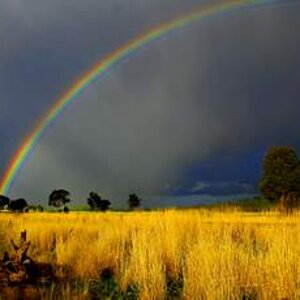achtungbarry
TPF Noob!
- Joined
- May 11, 2008
- Messages
- 49
- Reaction score
- 7
- Location
- Dublin, Ireland
- Website
- www.achtungbarry.com
- Can others edit my Photos
- Photos NOT OK to edit
I have heard both these pieces of advice and read excellent articles on both.
So the obvious choice I find myself with is which piece of advice to go with or perhaps both are valid depending on the situation ?
I have just made the transition to shooting mainly in RAW. Would image format be a factor ?
Any advice is welcome.
Thanks.
So the obvious choice I find myself with is which piece of advice to go with or perhaps both are valid depending on the situation ?
I have just made the transition to shooting mainly in RAW. Would image format be a factor ?
Any advice is welcome.
Thanks.




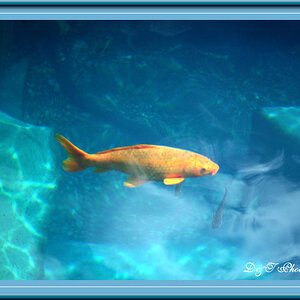
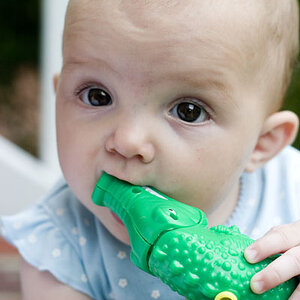
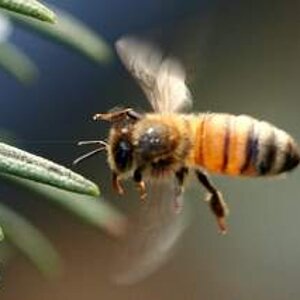
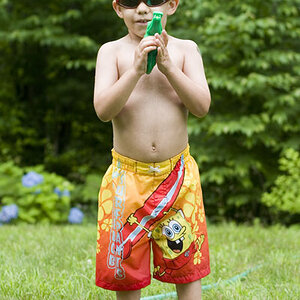
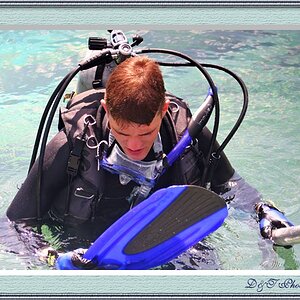
![[No title]](/data/xfmg/thumbnail/31/31040-9f6a7dd3ec0ea7b0db21f0da24ff9176.jpg?1619734582)
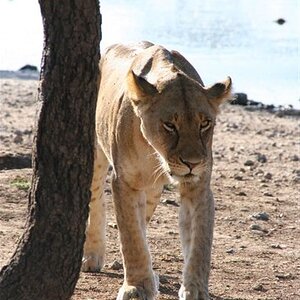
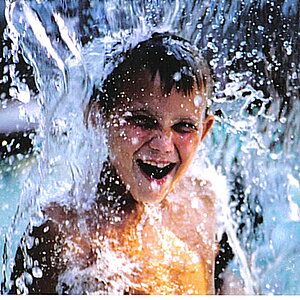

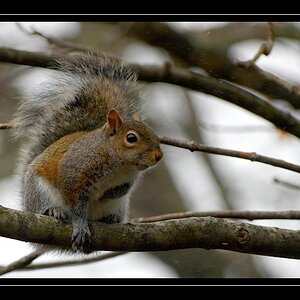
![[No title]](/data/xfmg/thumbnail/41/41931-485b5f9a9f3736e9ed9d96ecdf639921.jpg?1619739946)
